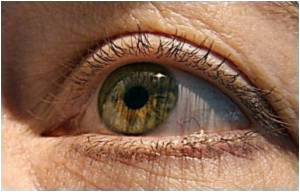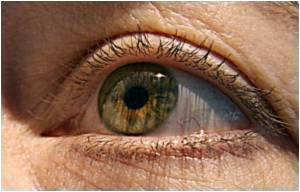
Professor Jan Provis from the The Australian National University’s Vision Centre said the research found that the enzyme, DICER-1, is reduced in the eyes of those suffering the ‘dry’ form of AMD, causing changes in cells that lead to the premature death of the vision cells.
“We’ve known for some time that cell death is the cause of ‘dry’ AMD. What was not clear until now was which mechanism caused the cells to die,” said Professor Provis.
“This discovery relied on the help of Australians who donated their eyes through the Lions NSW Eye Bank.
“Thanks to these donations, we were able to collect critical evidence to confirm that a deficit of DICER-1 was causing the cells to die,” she said.
Professor Provis said that understanding what causes the cell death takes scientists a step closer to finding a possible treatment for this form of AMD. The discovery identifies a new role for DICER-1 which is also implicated in some forms of cancer.
Advertisement
Jan Provis is Professor of Anatomy in the ANU Medical School, and Associate Director of the Vision Centre. The Vision Centre is funded by the Australian Research Council as the ARC Centre of Excellence in Vision Science.
Advertisement
Source-Medindia











